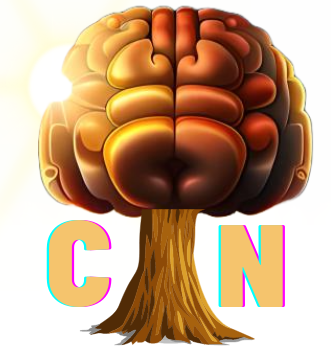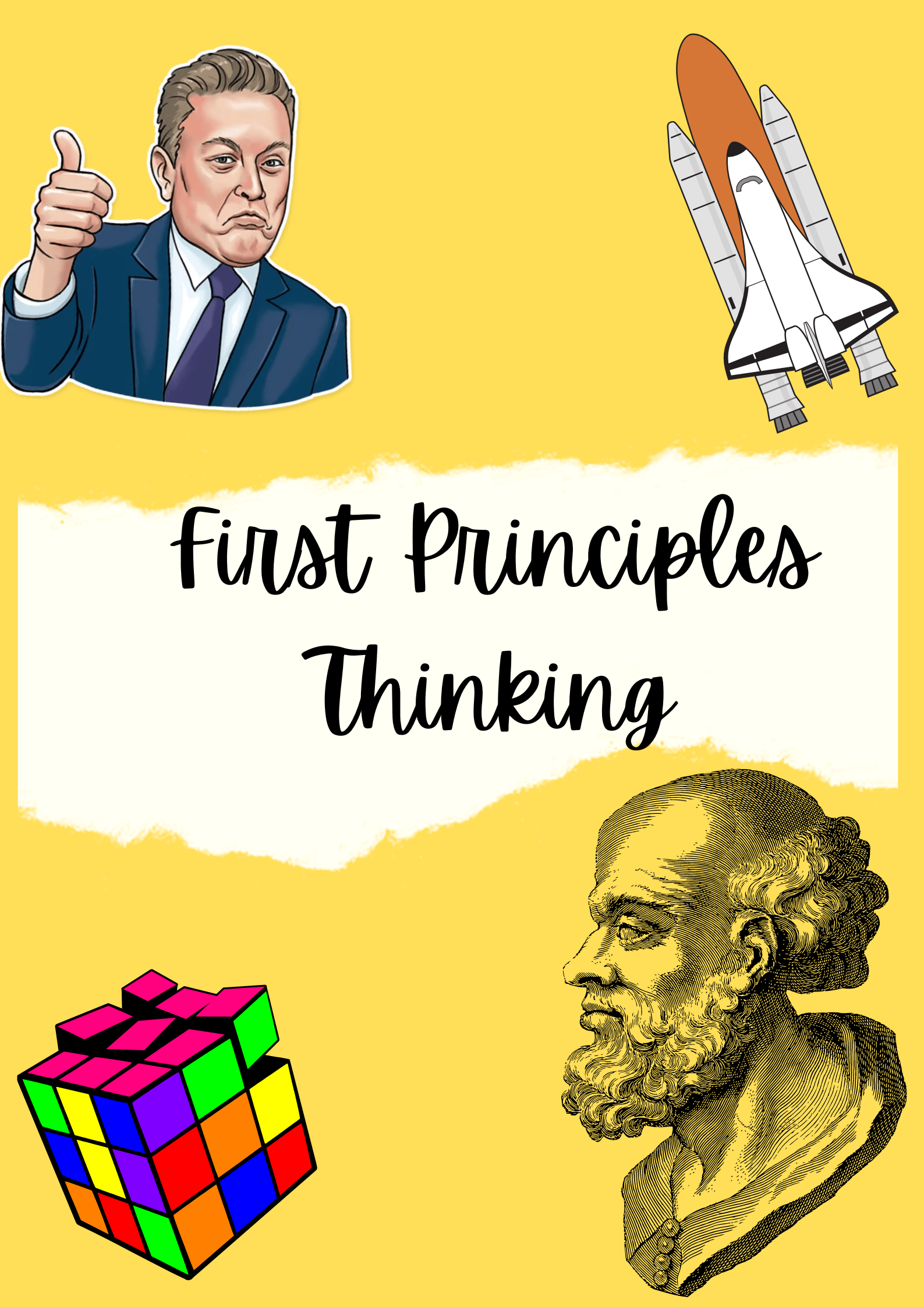For we do not think we know a thing until we are acquainted with its primary conditions or first principles and have carried our analysis as far as its simplest elements
Aristotle
Ability to make a decision is a superpower and the chief enemy of a good decision is lack of sufficient perspective on a problem. That is when first principle comes to rescue, it helps an individual gain the well rounded perspective in order to tackle the problem but before we dwell into how an individual becomes a first principles thinker, let’s understand what is first principle thinking, how does it works and how it can be leveraged to conquer your challenges.
What is First Principle Thinking ?
First principles thinking is the most powerful framework for for problemsolving that requires deconstructing complex problems down to its foundational elements. It is the fundamental building block of an idea, an indivisible part that we know to be true and we can use that part to build more complex ideas.
Ancient Greek philosopher, Aristotle defined a first principle as “the first basis from which a thing is known” he believed everything could be divided into categories and sub categories. The smallest subcategory in any domain is what we would call a First Principle. It’s a weapon of great scientists and philosophers, and a common factor among great thinkers.

How does it works ?
A vehicle we see in front of us is unearned knowledge that we can obtain & experience right away. An ordinary individual would call that vehicle a car and though it would be true, it however depicts an insubstantial thinking. On the other hand a first principle thinker would want to know how the vehicle really came to be. A conventional thinker would assume a good looking car would perform really good as well, where as the first principle thinker would understand the role of all the major and minor components involved and how they contribute to the performance of the car.

If the simple parts that make up a complex whole are good and true, then the complex whole must be good and true as well. Similarly if all the components used in the making of a car are top class then the performance of the car would be outstanding as well. Once the components of a product are understood then we can work to improve each component, starting from the simplest to the most complex. If each component can be remarkable then a product as a whole can be remarkable as well.
How you can Leverage First Principle Thinking ?
First principle analysis can be applied to any walk of life, things that we are most confident about being true at foundational level, sets up our axiomatic base and we can use those things to build up. We can then cross check our conclusion against the axiomatic truths (An axiom is a self-evident truth, We use it to describe statements that have the authority of truth about them).
Being a first principle thinker has several benfits such as:
1. Innovation : Once you understand the fundamentals of an idea you can dissect and modify it to compose a new idea.
2. Optimization: First principle thinking makes it essential that each component involved in the assembly of a product is thoroughly scrutinised to ensure that every single component is at its best, thereby allowing to make the most out of a product.
3. Integration: In-depth awareness of how all the sub-ideas are assimilated to create a single idea, helps to integrate new knowledge into your understanding. For eg understanding of letters can help you make words, sentences, paragraphs, essays, books and finally entire libraries.
4. Dissemination: First Principle thinkers are great teachers, since they have an understanding of an idea from ground up, thus it gets easier for them to transfer the understanding of that complex idea to another individual.

And that’s how, “SpaceX” was born out of first principles thinking.
How to become a first principle thinker ?
To become a first principle thinker start by questioning your beliefs and notions about that problem. Once you start asking these questions to yourself, it will help you drill down to the foundational truths of a problem. Uncovering these truths can help create a more potent solution.
Socratic Questioning
Thus asking right set of questions plays a pivotal role to uncover the underlying truths. You can use a technique called Socratic Questioning, which is inspired from another famous Greek philosopher Socrates. It involves a cycle of seeking knowledge through experience and using reason, to give a structure to that knowledge. That is how one comes to know the first principles of a subject.
Sahil Bloom shared few key questions to get you started:
- What is the problem I am trying to solve? We often waste time and energy trying to solve the “wrong” problem. Identify the “right” problem.
- What do I know to be true about this problem? Write down everything you know about the problem (and its previously attempted solutions).
- Why do I believe these “truths” to be true? How do I know they are true? Identify the source of your beliefs on the problem. Be ruthless in evaluating their integrity and validity.
- How can I support these beliefs? Is there real evidence to support them? Seek out hard, tangible evidence that proves these beliefs to be true. If you cannot find it, or if the sources are of questionable integrity, you have learned something valuable about your beliefs.
- Are my emotions clouding my judgment and reasoning? When emotions drive our thoughts and decisions, we rarely see good outcomes. Remove emotions from the process.
- What alternative beliefs or viewpoints might exist? Acknowledging and understanding alternative viewpoints is a superpower. Seek them out. Embrace them. Evaluate them on their merits and ask these same fundamental questions about them.
- What are the consequences of being wrong in my original beliefs? Understanding the stakes is critical. Always understand the stakes.
Clear your Whys & Hows
The world presents amazing and complex acts of creation all around. Discovering the roots of creation starts with questions such as why and how. Start by creating hierarchies. Ideas are nested inside one another and its a job of first principle thinker to map out how these ideas are linked. Once an idea is reduced down to its smallest fundamentals which can be conceived then it is said to have been arrived as the first principle.

Tim Urban captured it well in a tweet:
Feed a man a fish, feed him for a night.
Teach a man to fish, feed him for a lifetime.
Teach a man to reason from first principles, he can teach himself to fish. Then he can invent a better fishing rod and feed a billion people.

